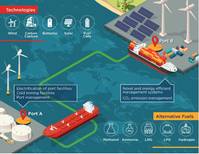
The path to decarbonization is defined by partnership and fueled by government funding. This month we examine the players, partnerships, and evolution of Hydrogen Hubs in the Gulf of Mexico.The Green Shipping Challenge, organized by the United States and Norway at COP 27 held in late 2022…
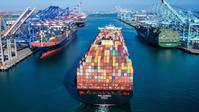
Supply chain issues tied to liner shipping have been front page news throughout 2021; just about everyone agrees that there’s a problem. The underlying cause is right out of Economics 101: a surge in demand for moving containerized cargo, in…
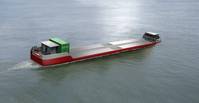
The past decade has seen tight restrictions on emissions from vessels, notably with a 2015 move to a .10% sulfur maximum in Emission Control Areas (ECA) in North America and in northern Europe. As the International Maritime Organization (IMO) now shapes shipping’s decarbonization future…
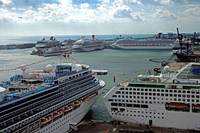
In early 2021, the somber news from the cruise sector continued. For some cruise brands, their own version of “lockdowns” will have spanned an entire year. By late January, 2021, Carnival and others were hesitantly pegging their restarts for April/May 2021…
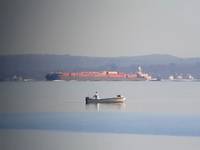
Barry Parker, contributor to Maritime Reporter & Engineering News and MarineNews magazines, is – like many people around the world – sequestered and working from home. He is our designated “ship spotter” for the day.In the maritime business…
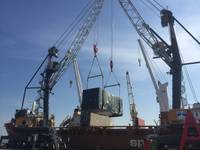
In the cargo shipping world, there’s the bulk sector, the container segment, and then, there is “everything else.”When it comes to ‘everything else,’ breakbulk is the cargo that resides in between, comprising much of that remainder, including forest products (lumber…
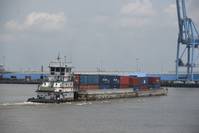
Marine Highways Gain Traction in the Intermodal Supply Chain.In the United States, landside infrastructure is at a crisis point. Congestion at the big hub ports, exacerbated by imperfect intermodal interfaces with surface transport serving cargo hinterlands is at the heart of the matter…

Cruise shipping, at the intersection of maritime and hospitality industries, continues to be vibrant. The Cruise Lines International Association (CLIA), the industry’s major trade association, forecasts that the ocean cruise segment will draw 30 million passengers in 2019…

Low sulphur fuels, scrubbers, LNG and other solutions are all part of the mix. Handicapping the impact of any of these options for the bottom line is anything but easy. Getting greener is not the problem; determining the best way to get there is quite another…
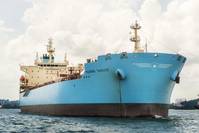
The tanker business carefully dips its toes into the digital chartering, analytics and big (data) pond. It is a work in progress.Like every other business, raw materials, refined products and petrochemicals, are undergoing unprecedented waves of digitalization…
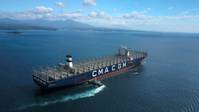
Overcapacity, Fleet Supply, Weakened Earnings, Consolidation – and now – fears of trade wars fuel further uncertainties for an already unsteady boxship climate. MLPro’s Barry Parker digs in to get to the bottom of all of it.The report season…
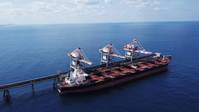
Supply and Demand in the bulk transport sectors will define the course line ahead. Less ships and more cargo will be the key.The drybulk sector – where iron ore, coal, grain and other raw materials dominate – is still wrestling with a decade…

Shifting populations, desirable destinations and yes – economics – drive the cruise industry of tomorrow. Unlike the cargo side of shipping, the cruise business has seen a steadily upward trajectory, with steady growth over decades. The…
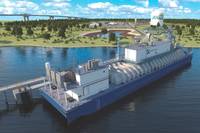
LNG looms as the bridge to a ‘zero emissions’ future for shipping. The advent of industry wide tightening of allowable sulfur emissions is getting nearer. Suddenly, with the deadline now just one year away, the countdown clock will very soon be ticking much louder…

The explosive growth of international boxships is challenging not only the physical infrastructure of North American ports, but also the very nature of the existing supply chains that they impact. The recent dialogue on container shipping has been all about so-called “mega-ships…



